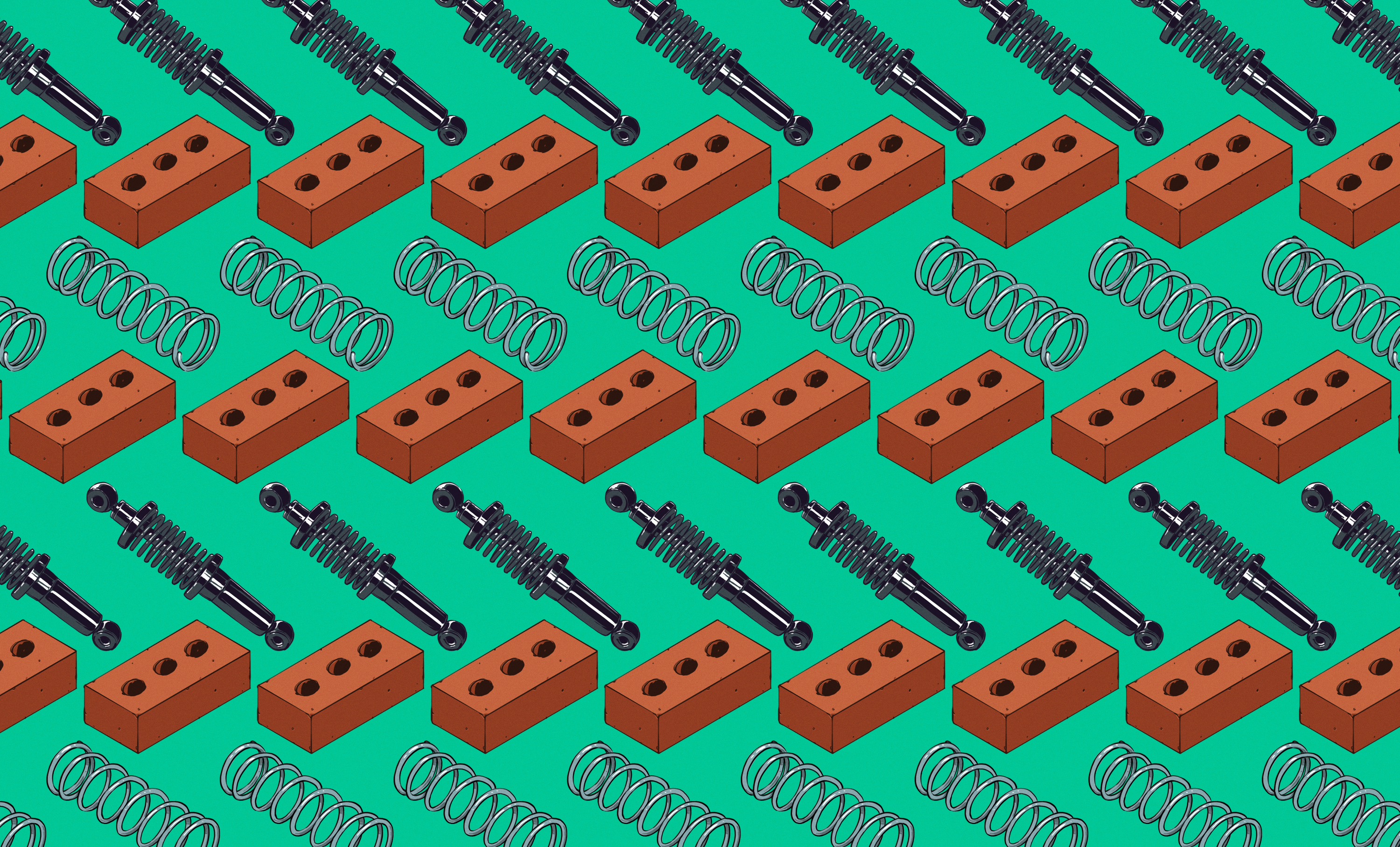
When I’m building something, I like to have a decent-sized scrap pile on hand. Because when I’ve got to test something out — does this glue adhere to this fabric, how much force will this hold if I tap it and put a screw in, will it snap if reinforced with carbon fiber and epoxy — it’s nice to have some of the material in question on hand just for experimentation. So I pull a chunk out of the scrap pile!
But scrap piles can’t expand forever, and we all know that “too much of a good thing” is a thing, right? Scrap piles require constant pruning. You don’t really need more than a few aluminum extrusion cutoffs, so when you start building up excess inventory, it’s time to scrap it. I mean, throw it away.
A corollary of this, that I’ve only recently started to appreciate, is that if I limit the number of materials that I’m working with, it’s a lot more manageable to keep the scrap pile(s) under control. It’s simple math. If I’m working with twenty different materials, that’s twenty different heaps of scrap. But if I can get by with one weight of fiberglass for everything, that one pile of scraps can do double or triple duty. There is also the added benefit that I already know how the material works, and maybe even have old test samples on hand.
Indeed, I’m such a scrapaholic that it’s almost painful to start working with a new material and not have a scrap pile built up yet. I’m always loathe to cut into a nice square piece of stock just to test something out. But this too is part of the Great Circle of Life. By not testing things out beforehand, I’m almost guaranteed to screw up and create scrap out of what I had hoped was going to be a finished piece. See? No problem! Next version.
What do you think? Are scrap, offcuts, and their close cousins — test pieces and samples — worth keeping around in your shop? Do you have a disciplined approach, or do you just throw them in the corner? Purge per project, or only when the mountain of XPS foam gets as high as your head?
